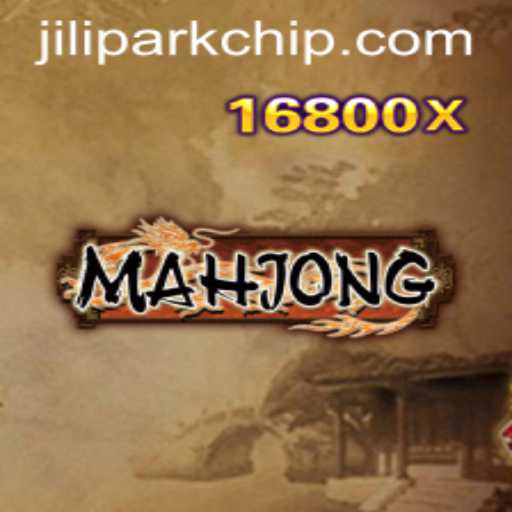The Timeless Allure of Mahjong
Mahjong, a game that has captured the imaginations of millions around the world, is much more than just a pastime. With its origins tracing back to ancient China, Mahjong has evolved into a dynamic game of skill, strategy, and psychological insight. Despite its rich traditional roots, Mahjong continues to reinvent itself, staying relevant in today's fast-paced, globalized world. This article explores the intricacies of Mahjong along with its current relevance, particularly through platforms like 'jilipark' that bring new audiences to the beloved game.
Understanding Mahjong: A Game Like No Other
At its core, Mahjong is played with tiles, usually 144 in a standard game, though variations exist. The game is commonly played by four players and incorporates elements of skill, strategy, calculation, and chance. While its basic rules can be quickly taught, the layers of depth and complexity provide lifelong learning and enjoyment.
The game's objective is to build a complete hand using tiles drawn from a wall, which is a shuffled set of tiles. Throughout the game, players draw and discard tiles to form melds and pairs, striving to achieve a 'Mahjong' hand before their opponents. The game embodies its cultural roots, encompassing various regional rules and styles, from riichi in Japan to local adaptations in Western countries.
A Brief History of Mahjong
Mahjong’s exact origins are shrouded in mystery, with theories suggesting its emergence from Chinese card games or an evolution from tile-based games used in fortune-telling. The first recorded mention of Mahjong dates back to the Qing Dynasty. It wasn't until the late 19th and early 20th centuries that Mahjong started gaining widespread popularity in China.
Its journey west began in the 1920s, when it was introduced to the United States and quickly became a cultural phenomenon. The game’s popularity fluctuated over the years but has seen resurges across different cultures due to its incorporation in films, pop culture, and digital adaptations.
The Rules of Mahjong: An In-Depth Look
The basic rules of Mahjong might seem daunting to newcomers, but with practice, players begin to appreciate strategic complexities. Each player starts with 13 tiles and on each turn, draws a tile and discards one, aiming to complete a harmonious hand of four melds and one pair.
A meld is a group of three or four tiles in sequences or duplicates. A sequence (or chow) consists of three consecutive tiles of the same suit, whereas a set (or pung) involves three identical tiles, and a quad (or kong) is made of four identical tiles. The ultimate goal is to form these combinations plus a pair, which is two identical tiles.
Scoring in Mahjong can vary significantly depending on the variation being played. However, many rules share common traits where players can score additional points for complex or rare hands, with some variants allowing for certain winning combinations that result in ‘limit hands’—high-scoring hands that can change the outcome of the game significantly.
Current Developments and The Role of Digital Platforms
In recent years, Mahjong has seen an exciting fusion with digital platforms, leading to widespread accessibility. Platforms such as 'jilipark' have embraced Mahjong, offering enthusiasts a virtual environment to enjoy this classic game. Through graphical interfaces, online matchmaking, and niche variations, Mahjong has reached global audiences previously difficult to engage through traditional means.
These platforms allow users to play real-time matches with players across the globe, participate in tournaments, and refine their skills against diverse opponents. Such innovations are crucial in keeping the game alive for younger generations who value the convenience of digital access.
Mahjong in Cultural Context
Mahjong's significance extends beyond gaming, being an important cultural touchstone in the regions where it flourished. In many Asian countries, it is seen as a social activity that bridges generations and fosters community. The game's widespread appeal has even led to its incorporation into popular media, highlighting its role as a cultural icon.
Despite globalization, Mahjong keeps its distinct local flavors, and this diversification is reflected in the version choices available on platforms such as 'jilipark'. Whether one is looking to delve into traditional rules or explore a modern twist, digital platforms accommodate myriad preferences.
The Future of Mahjong
As technology continues to advance, the future of Mahjong looks promising. The ability to reach new audiences through online platforms ensures that Mahjong remains a vital, thriving part of both traditional and modern gaming landscapes. Enthusiasts anticipate even more innovative ways to engage with this timeless game, bridging the past and future seamlessly.
In conclusion, Mahjong is much more than a game. It is a reflection of cultural history and modern innovation. Through continuous evolution, platforms like 'jilipark' maintain Mahjong's relevance, celebrating its richness and ensuring its legacy endures for generations to come.








